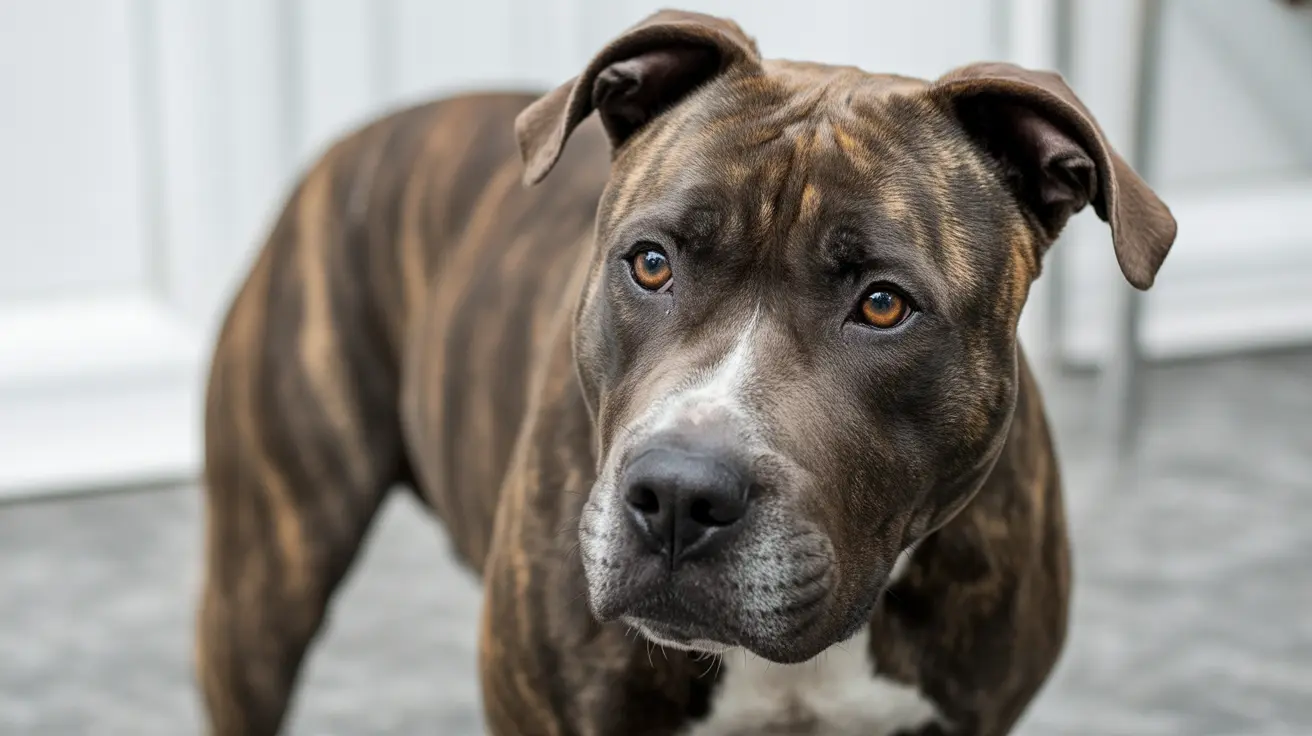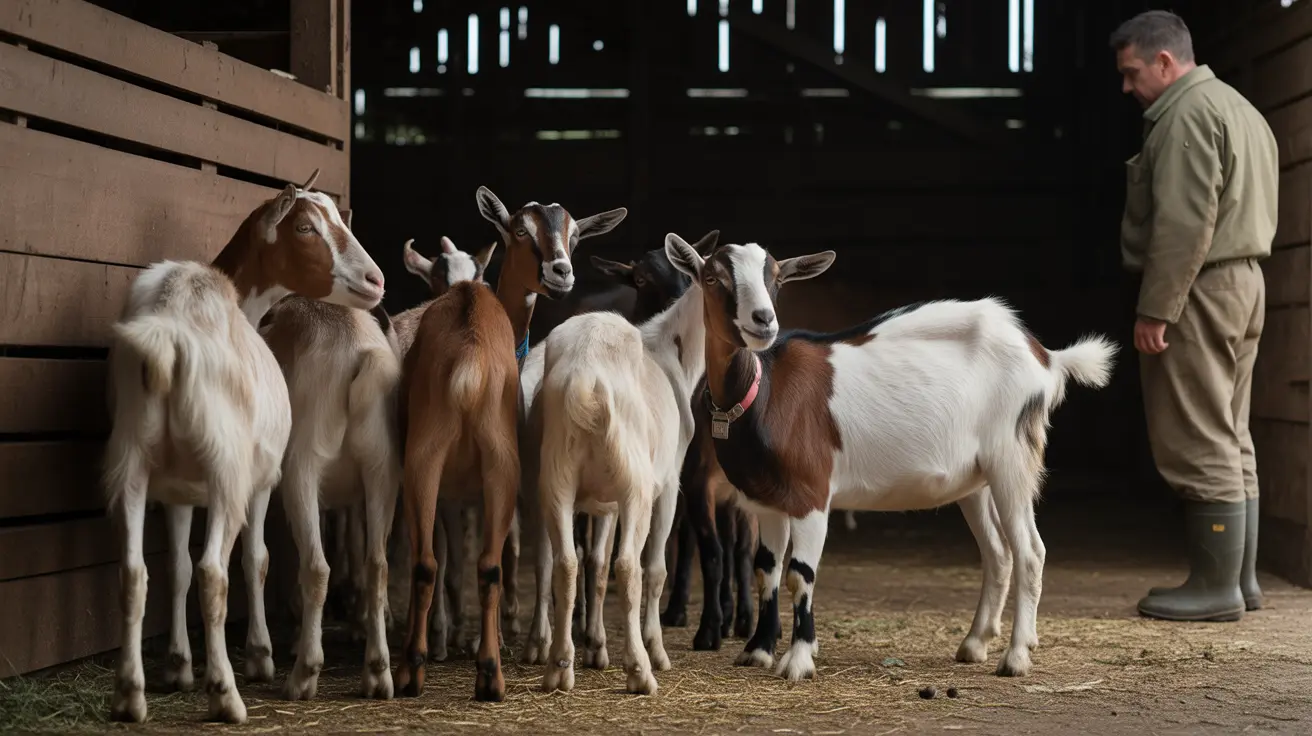How to Recognize Unhealthy Weight in Cats
Monitoring your cat’s weight is crucial to ensuring its long-term health and quality of life. Like humans, cats can suffer from weight issues — both underweight and overweight conditions can lead to serious health problems. Understanding the signs of unhealthy weight in cats helps pet owners take timely action.
Signs of an Underweight Cat
An underweight cat may be suffering from an underlying condition or may not be receiving adequate nutrition. Key signs include:
- Visible ribs, spine, or hip bones — The bones may be easily felt or seen due to lack of body fat or muscle.
- Lack of energy — Cats that are too thin often appear lethargic or disinterested in playtime.
- Loss of appetite — A refusal to eat over several days is a red flag.
- Poor coat condition — Underweight cats may have dry, dull fur and increased shedding.
- Behavioral changes — Irritability or hiding more frequently may occur.
Signs of an Overweight or Obese Cat
Overweight cats are at higher risk of developing diabetes, arthritis, and heart disease. Signs of excess weight include:
- No visible waist and belly sagging — The cat looks rounded, and the stomach may sway when walking.
- Difficulty grooming — An overweight cat may not reach all parts of its body while cleaning.
- Reduced activity levels — They may be less inclined to move or play.
- Labored breathing — Especially noticeable during mild exertion.
- Fat deposits — Excess fat around the base of the tail, lower back or sides.
Understanding the Ideal Weight for Your Cat
Each cat breed has a generally accepted weight range, but individual health differs. A healthy weight is one where:
- The ribs can be felt but not seen.
- The waist is visible when viewed from above.
- There is a slight abdominal tuck behind the rib cage.
If you're unsure about your cat’s weight, consulting the Body Condition Score (BCS) chart—available from veterinarians—can help.
Causes of Unhealthy Weight in Cats
Understanding why your cat may be under or overweight is vital:
- Poor diet — Low-quality food or inconsistent feeding schedules affect body condition.
- Medical conditions — Hyperthyroidism, diabetes, parasites, or cancer can alter weight.
- Age-related changes — Older cats may lose or gain weight due to metabolic changes.
- Stress or anxiety — Changes in surroundings, routines, or household composition can impact appetite.
- Lack of exercise — Indoor cats often get less physical activity, leading to weight gain.
When to Contact a Veterinarian
If you notice drastic weight changes—whether gain or loss—within a short period (a few weeks), it’s time to call the vet. They can:
- Conduct a physical exam and review history.
- Run blood tests, x-rays, or stool samples to identify underlying causes.
- Create a nutritional and exercise plan tailored to your cat’s needs.
Preventing Weight Issues in Cats
Prevention is key to maintaining a healthy weight:
- Regular vet visits — Annual or biannual exams catch problems early.
- Quality nutrition — Feed age-appropriate, protein-rich food in correct portions.
- Scheduled meals — Avoid free-feeding to monitor intake effectively.
- Daily playtime — Interactive toys and enrichment help maintain mobility and burn calories.
- Weight monitoring — Weigh your cat monthly to track trends.
Conclusion
Recognizing and addressing signs of unhealthy weight in your cat can greatly extend its lifespan and improve its overall well-being. Stay alert for changes in appearance, appetite, and behavior, and consult a veterinarian if anything feels off. A healthy, active cat is a happy companion for years to come.





